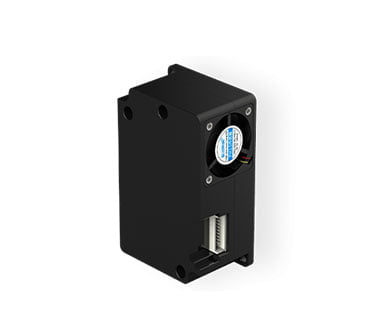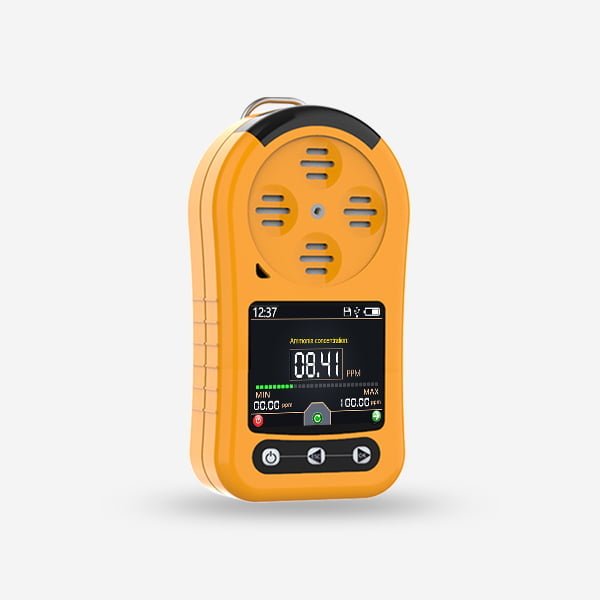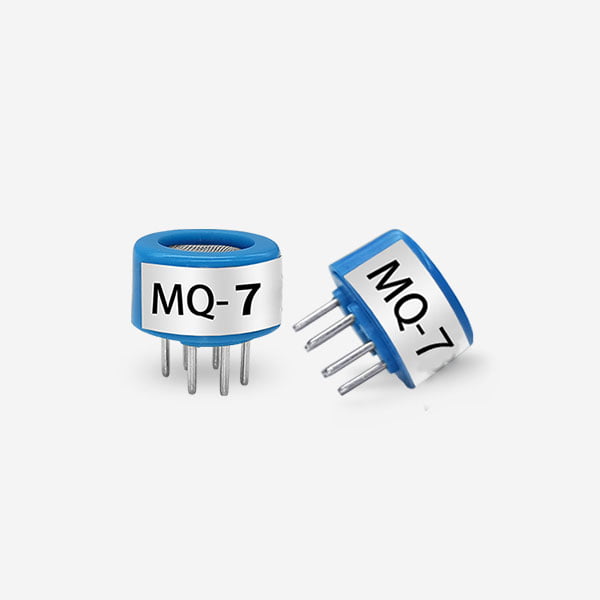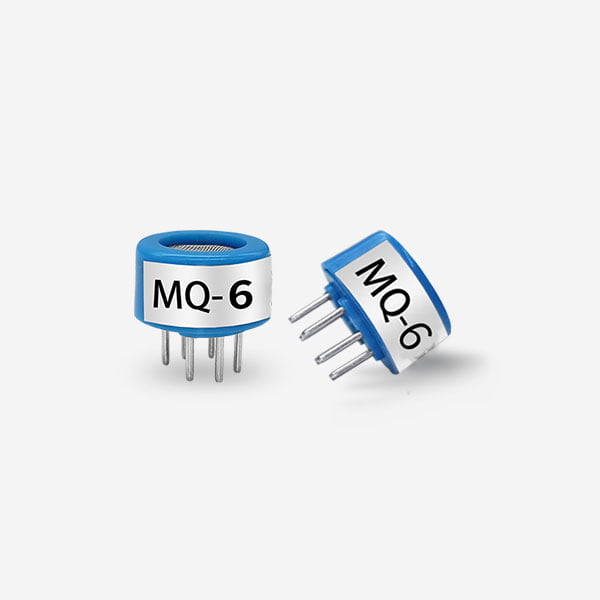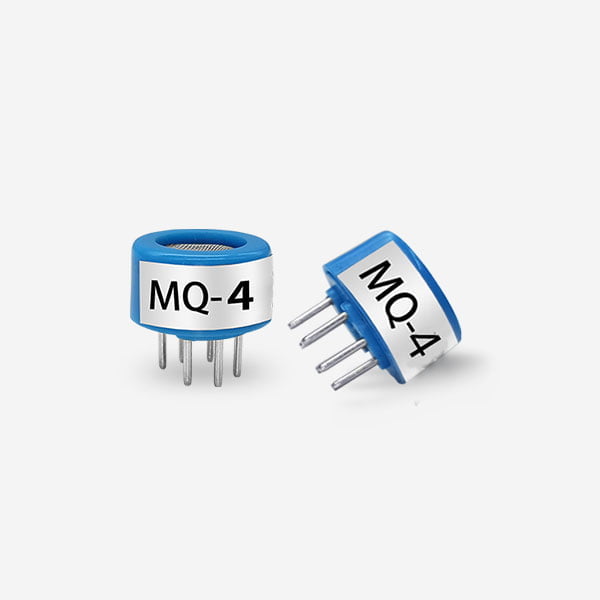A Typical human nose has 400 types of scent receptors enabling us to smell about 1 trillion different odours. But still many of us do not have the capacity to identify the type or concentration of gas present in our atmosphere. This is where Sensors comes in, there are many types of sensors to measure different parameters and a Gas sensor is one which comes handy in applications where we have to detect the variation in the concentration of toxic gases in order to maintain the system safe and avoid/caution any unexpected threats. There are various gas sensor to detect gases like oxygen, Carbon Dioxide, Nitrogen, methane etc. They can also be commonly found in devices that are used to detect the leakage of the harmful gases, monitor the air quality in industries and offices etc.
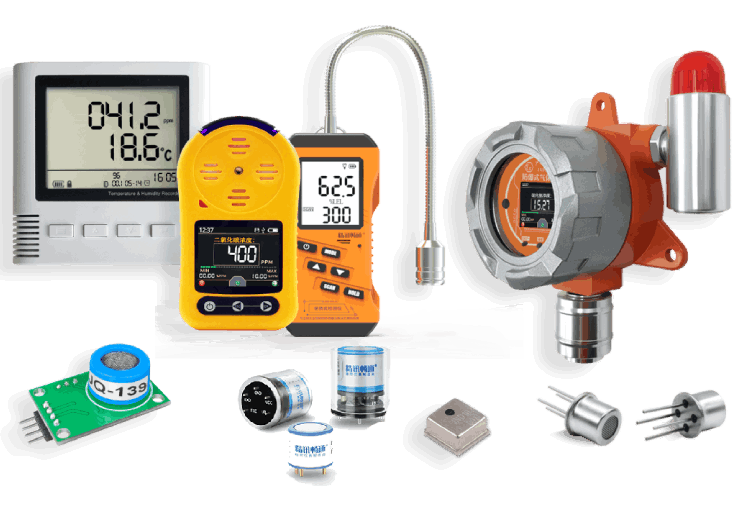
In this article, we will learn more about gas sensor, their construction, types, working and how they can be used to measure the required type and concentration of Gas in our atmosphere. There are many types of Gas sensors but the MQ type gas sensors are commonly used and widely popular so will focus more on these types of sensor for this article.
Introduction to Gas Sensor
A gas sensor is a device that detects the concentration of gases in the atmosphere. According to the different gas concentration, the sensor generates the corresponding potential difference by changing the resistance inside the sensor, and the measured value can be output voltage.
Different Types of Gas sensors
Gas sensors are usually divide into various types according to the type of sensing element. The following is a classification of various types of gas sensors based on sensing elements.
- Optical gas Sensor.
- Electrochemical gas Sensor.
- Capacitance-based gas Sensor.
- Infrared gas Sensor.
Gas Sensor Working
The ability of a Gas sensor to detect gases depends on the chemiresister to conduct current. The most commonly used chemiresistor is which is an n-type semiconductor that has free electrons (also called as donor). Normally the atmosphere will contain more oxygen than combustible gases. The oxygen particles attract the free electrons present which pushes them to the surface of the SnO2. As there are no free electrons available output current will be zero. The below gif shown the oxygen molecules (blue color) attracting the free electrons inside the SnO2 and preventing it from having free electrons to conduct current.
When the sensor is placed in the toxic or combustible gases environment, this reducing gas (orange color) reacts with the adsorbed oxygen particles and breaks the chemical bond between oxygen. As the free electrons are back to its initial position they can now conduct current, this conduction will be proportional the amount of free electrons available in SnO2, if the gas is highly toxic more free electrons will be available.
